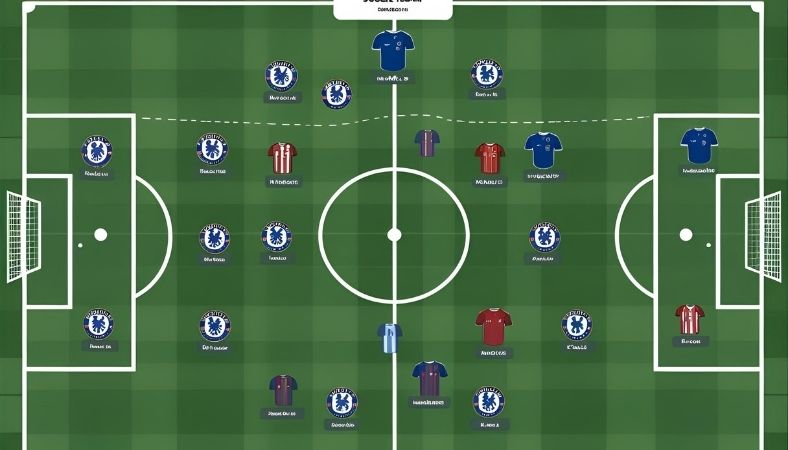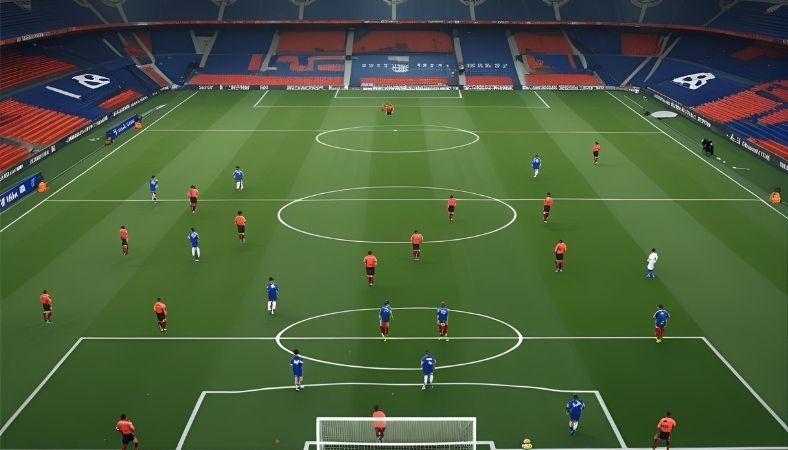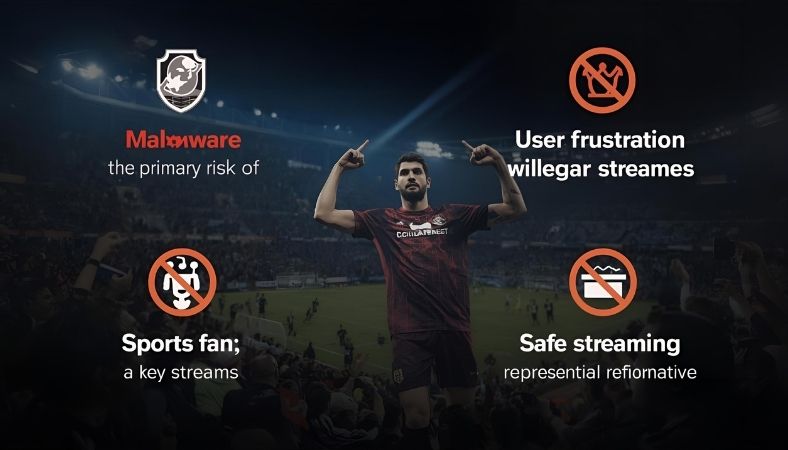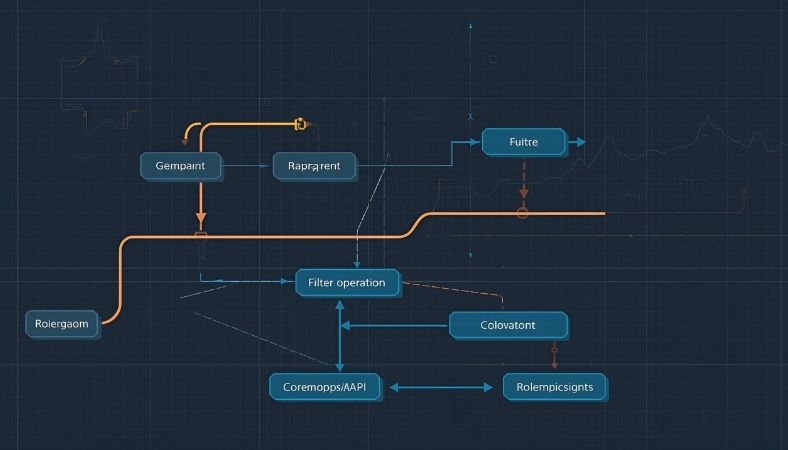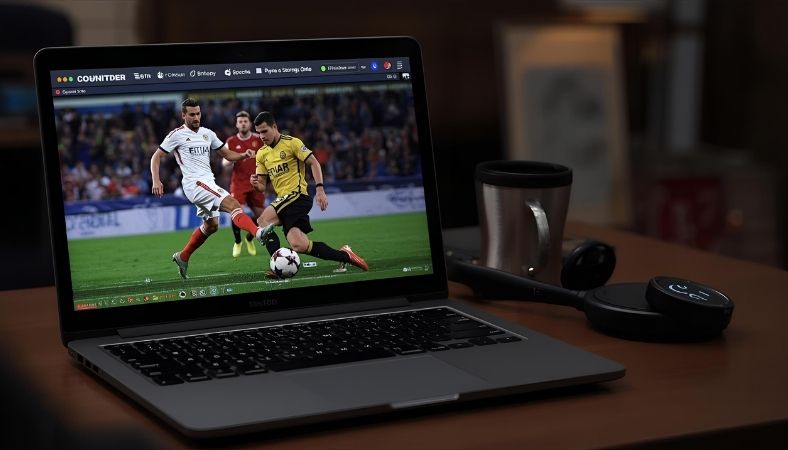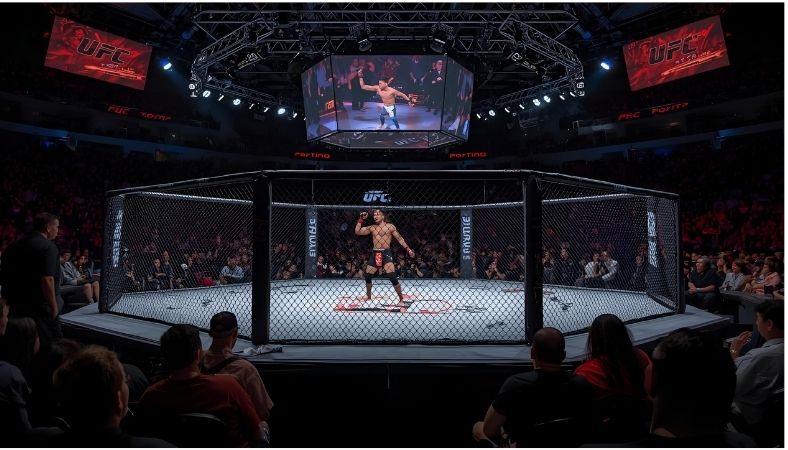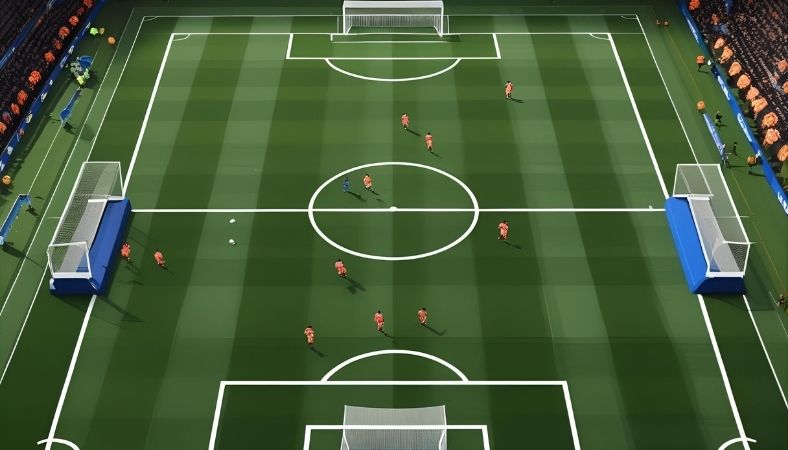
Master the 3-4-3 soccer formation with tactics, tips, and real-world examples. Learn its strengths, challenges, and how to make it work for your team.
Key Takeaways
- The 3-4-3 blends three defenders, four midfielders, and three forwards for dynamic, attacking soccer.
- It thrives on width and pressing but demands stamina and teamwork.
- Elite teams like Chelsea and Leverkusen have used it to win major titles.
- Youth coaches can succeed with simple drills and clear roles.
- Quick counters can expose their defensive gaps if not managed well.
Introduction to 3 4 3 soccer formation
It’s the 80th minute, and your team’s stuck at 0-0. Your passes go sideways, your strikers are isolated, and the opposition’s defence is a brick wall. You need a spark—a system that flips the script, overwhelms opponents, and unlocks your attack. Enter the 3-4-3 soccer formation, a bold setup with three centre-backs, four midfielders, and three forwards. Born from Johan Cruyff’s vision in the 1980s and thriving in 2024 with teams like Bayer Leverkusen, this formation is your ticket to controlling the game. Whether you’re a coach sketching tactics, a player learning your role, or a fan curious about the buzz, let’s explore how this setup can transform your team.
How the 3-4-3 Formation Works
Structure and Player Roles
The 3-4-3 is a symphony of movement. Three centre-backs anchor the defence, ready to cover wide spaces. In midfield, two central players dictate the tempo, while dynamic wide men—wing-backs—race along the flanks, linking attack and defence. Up top, three forwards, often with a crafty false nine, press and pounce. It’s a system where every player has a clear job but must adapt in a heartbeat, like a team solving a puzzle on the fly.
In-Possession Tactics
When you’ve got the ball, the 3-4-3 ignites. The wide players surge forward, turning the flanks into highways of attack, dislocating the opponent’s defensive lines. This creates gaps for forwards to slip through, whether cutting inside or holding up play. Central midfielders weave the play together, feeding the flanks or finding runners. Chelsea’s 2016/17 season, with 30 wins in 38 Premier League games, showed how this setup can shred defences with relentless width. It’s not just a formation, it’s a philosophy of fearless attacking.
Out-of-Possession Tactics
Without the ball, the 3-4-3 becomes a relentless press. Forwards hound defenders, forcing mistakes high up the pitch, as seen in Rúben Amorim’s Sporting CP, who averaged 55–60% possession in domestic games. If the high press fails, the team can snap into a compact mid-block, with wide players tucking in to shield the flanks. It’s a system that squeezes opponents, turning defence into a springboard for attack.
Benefits of the 3-4-3 Formation
Why bet on the 3-4-3? It’s a tactical weapon that overwhelms opponents with width and numbers. The wide players stretch defences to their breaking point, creating space for forwards to exploit. Data shows 3-4-3 teams often boast higher pass success than those with four defenders, making it a possession powerhouse. Thomas Tuchel’s Chelsea proved this in 2021, outsmarting Manchester City 1-0 in the Champions League final. For teams craving control and creativity, the 3-4-3 is a declaration of dominance.
- Overwhelming Width: Wide players and forwards overload flanks.
- Possession Mastery: Triangles of passes keep the ball moving.
- Tactical Flexibility: Switches seamlessly between press and retreat.
Challenges and Weaknesses
The 3-4-3 isn’t flawless. Picture your wide players caught high up the pitch—a speedy winger breaks, and your three defenders are suddenly outnumbered. This exposure to counters, especially on the wings, is a real risk. The system also demands tireless wide players, who can burn out or risk injury, especially in youth squads. For less experienced teams, the formation’s complexity can be a hurdle, requiring tight coordination to avoid chaos. It’s a high-reward setup, but it tests your squad’s fitness and focus.
- Counter-Attack Risk: Gaps open when wide players advance.
- Stamina Strain: Wide players need relentless energy.
- Teamwork Challenge: Requires precise coordination, tough for beginners.
Comparing 3-4-3 to Other Formations
3-4-3 vs. 4-3-3
How does the 3-4-3 fare against the popular 4-3-3? The 3-4-3’s wide players give it an edge in stretching defences, perfect for high-pressing teams. But with only two central midfielders, it can lose the midfield battle to a 4-3-3’s trio. For example, a 3-4-3’s wing-back like Victor Moses under Conte could isolate a 4-3-3’s full-back, creating 2v1 situations. Premier League trends in 2024/25 show a shift toward 3-4-3 for its attacking flair. Choose 3-4-3 for width, 4-3-3 for midfield control.
3-4-3 vs. 4-4-2
Against a 4-4-2, the 3-4-3 can struggle with midfield numbers. The 4-4-2’s extra midfielder can clog the centre, but your wide players can exploit slower full-backs, like Pedro did for Chelsea against rigid defences. The 4-4-2 is simpler for amateur teams, while the 3-4-3 rewards skill and fitness. It’s a choice between straightforward grit and dynamic flair.
Practical Tips for Implementing 3-4-3
Ready to roll out the 3-4-3? Imagine you’re coaching a youth team, full of energy but short on experience. You need clear, actionable steps to make this system click. The trick is keeping it simple and building stamina. Here’s how to get your team flowing like a pro squad:
- Simplify for Young Players: Teach wide players to focus on sprinting wide and crossing, keeping defensive duties basic.
- Run Targeted Drills: Practice overlaps (wide players passing to wingers) and pressing cues (e.g., when a defender gets the ball). Tools like A-Champs ROX can streamline these sessions.
- Boost Endurance: Use interval sprints to prepare wide players for 90-minute marathons, cutting injury risks.
- Keep Communication Tight: Hold quick team talks to clarify when to press or drop back.
- Test in Low-Stakes Games: Use friendlies to tweak the system before big matches.
These tips tackle the formation’s complexity and fitness demands, making it accessible even for less experienced teams. With practice, your squad will move like a unit.
Real-World Examples of 3-4-3 Success
The 3-4-3 has scripted some of soccer’s greatest stories. Antonio Conte’s Chelsea in 2016/17 was a juggernaut, switching to 3-4-3 mid-season and clinching 30 of 38 Premier League wins, plus the FA Cup. In 2024, Xabi Alonso’s Bayer Leverkusen used the formation to claim their first Bundesliga title, outwitting giants with clever pressing. Rúben Amorim’s Sporting CP, meanwhile, has mastered the high press, dominating domestically with fluid, attacking play. These triumphs show the 3-4-3’s power to turn ambition into trophies.
- Chelsea (2016/17): Conte’s 3-4-3 delivered a record-breaking title run.
- Leverkusen (2024): Alonso’s tactics secured a historic championship.
- Sporting CP (Amorim): High pressing fueled domestic dominance.
Countering the 3-4-3 Formation
Facing a 3-4-3? You can turn their strengths into weaknesses. Picture your wingers darting past their advancing wide players, exploiting gaps. The key is staying sharp and striking fast. Here’s how to outsmart the system:
- Attack the Flanks: Use speedy wingers to target spaces left by forward-pushing wide players.3
- Dominate the Midfield: A 4-3-3 or 4-4-2 can overwhelm their two central midfielders, like Kevin De Bruyne dictating play against Chelsea.
- Stay Disciplined: Keep a tight shape to limit their width and force mistakes.
Teams like Manchester City have faltered against 3-4-3’s press but cracked it with quick counters. Patience and precision are your allies.
Frequently Asked Questions
What is a 3-4-3 formation in soccer?
The 3-4-3 uses three centre-backs, four midfielders (two central, two wing-backs), and three forwards. It blends attacking width with defensive cover, shining in high-pressing teams like Chelsea. It’s dynamic but needs fit players and teamwork to succeed.
What are the advantages of 3-4-3?
The 3-4-3 delivers wide attacks, strong possession (higher pass success than 4-back systems), and flexibility. It overwhelms defences with wing-backs and forwards, as seen in Sporting CP’s dominance, making it ideal for proactive teams.
What are the weaknesses of the 3-4-3?
It’s prone to counter-attacks on the flanks and demands high stamina from wing-backs, risking fatigue. Its complexity can overwhelm youth teams, needing tight coordination to avoid defensive errors.
Which teams use the 3-4-3 formation?
Chelsea (Conte’s 2016/17 title, Tuchel’s 2021 Champions League), Leverkusen (Alonso’s 2024 Bundesliga win), and Sporting CP (Amorim’s pressing style) have excelled with 3-4-3, leveraging its width and press.
How to counter a 3-4-3 formation?
Use fast wingers to exploit gaps left by wing-backs and a 4-4-2 or 4-3-3 to control the midfield. Stay compact to limit their width, striking quickly on counters to unsettle their defence.
Is 3-4-3 good for youth teams?
The 3-4-3 works for youth teams but requires simplified drills and fit wing-backs. Focus on basic roles like width and pressing, with stamina training to handle its demands effectively.
Key Takeaway
Embrace the 3-4-3 to unleash your team’s attacking potential. With simple drills, stamina training, and clear communication, you can harness its width and press to dominate games—just like the pros. Start small, practice smart, and watch your squad soar!

